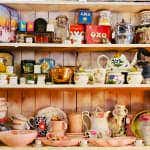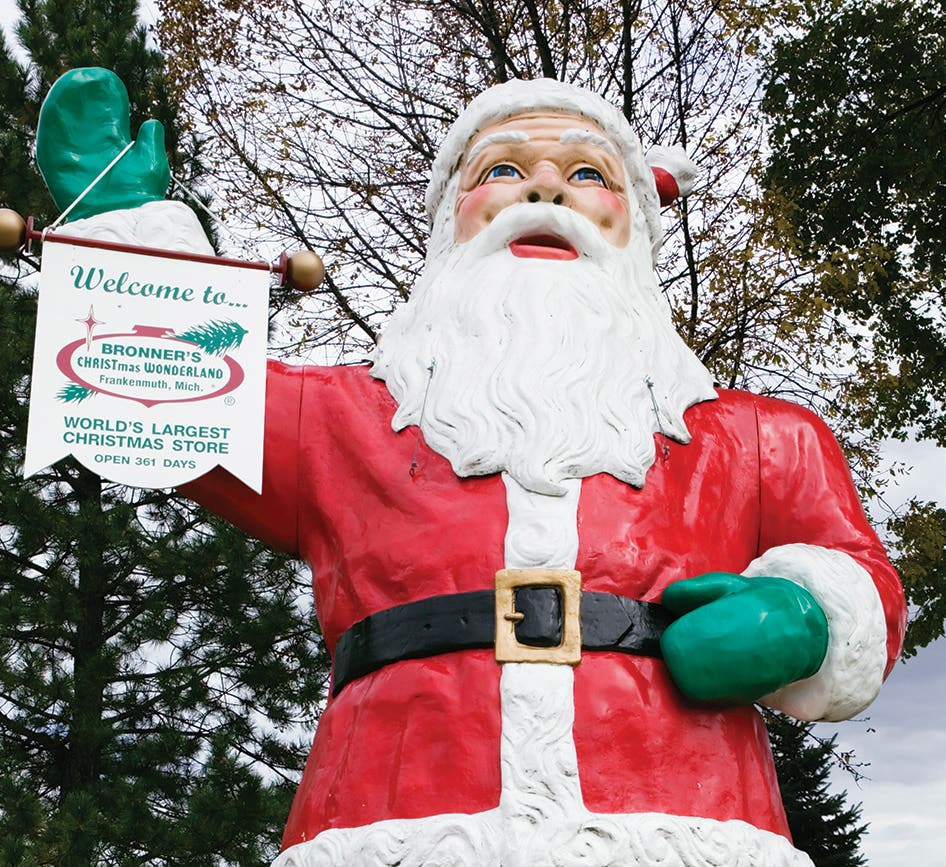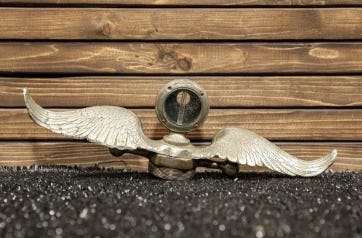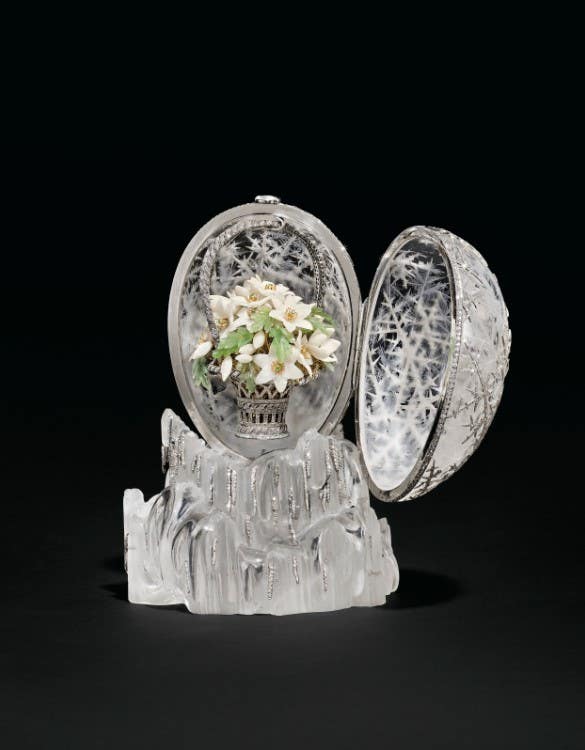Fire Protect Your Collectibles
The time to think about fire protection is before it strikes. Steps to take now to help save your collection.
This year has brought on elevated temperatures and created an environment susceptible to wildfires. Fires have devastated California and Colorado and are currently forecasted to worsen.
With any fire situation, the best approach is to evacuate items to safety beforehand. You may, however, face limitations of time, packing materials, and a secured, secondary space to relocate items from your collection.
I have assisted in the evacuation and recovery of fire-damaged collections over the past fifteen years. If you need to evacuate and need to leave your collection behind, here are a few recommendations to help protect your pieces, and assist with potential recovery in the future:
• Maintain an updated collection inventory and have a digital copy available to share. If needed, a digital copy makes it easy to share pertinent information with your insurance broker, adjuster and specialists during the evacuation or recovery process.
• Identify 3-5 priority items for evacuation or immediate recovery.
Relocate items to interior rooms, away from exterior walls, windows and exterior doors. Outdoor smoke can infiltrate windows and seams. Windows are also vulnerable to breakage, which could cause further damage to adjacent pieces.
Items should be elevated off the floor by three inches or higher. Elevating items prevents a piece from direct contact with standing water if water is used to put out a fire.
Photograph or video the collection for future reference. If recording video, walk through the house, open drawers, cabinets, closets to document their contents. This is not only helpful for antiques and fine art, but also will aid with other items in the event you have to make a claim.
Designate a trusted local contact. This person can access and check on your home and collection in the event you are not able to.
Cover items to create an additional barrier. While there is not a universal fireproof material that works in all situations, having an additional cover such as heavy plastic sheeting or a tarp, can not only help protect from water from overhead, but will also reduce the exposure to atmospheric soot. In the past I have observed pieces of paper and cardboard protecting the surface of a piece, which protected the work, and simplified the resulting treatment.
Ideally this last-minute prep is enough to prevent damage and recovery efforts are not needed
The following are a few tips that I always keep in mind when recovering compromised collections after a fire loss.
Safety first: Check with local authorities to confirm that it is safe to return. Your personal safety is most important. In addition to structural instability of buildings and homes, there is also the risk of flash floods and mudslides that might follow widespread fires.
Proper PPE: Before entering, make sure you are wearing the proper safety equipment for the environment. Heavy soled shoes, gloves and a mask are an absolute must.
Take your time: Remember that you are working in a compromised environment. There may be limited lighting, the structure will likely be compromised, there will be broken glass and debris to navigate on the floor. The items you are handling might also be compromised and require even greater attention when moving.
Be mindful of mold: Even though you are dealing with fire damage, items were likely exposed to water, and there may also be mold in the environment.
Remember to document: Upon arrival, document the space and collection with photos and video. This will help in a variety of ways: to track items, to identify the scope of damage as well as establish a timeline in the recovery process.
Prioritize: Create an inventory and identify priority items for care. Timing is critical during the aftermath of a fire. It is important to focus on the most important items first before proceeding with the rest of the collection.
Wear gloves: A simple rule is to always wear gloves when handling items exposed to soot. The oil on your fingers can cross link with the soot and further embed the soot into the surface of the piece.
Handle with care: It’s always best to minimize handling of items as much as possible. Soot is acidic and abrasive. The exposure to heat can also cause further instability to a surface. The more a piece is handled, the greater the risk of further damage.
Contact a conservator: The sooner damaged items can be addressed, the better the results for treatment. The longer soot is on a surface the harder it can be to successfully remove.
There are many variables to consider when safeguarding collections and recovering items after a fire loss. While a lot of collectors do not have access to offsite storage to safely evacuate their items when a wildfire looms, these preventive steps can go a long way. These days, even a sixty-second video walkthrough of a collection can significantly help with recovery efforts in the future.
During the aftermath when local resources for response and recovery are flooded, taking the proactive measures listed above can significantly impact the successful recovery of your collection.
The most important lesson to remember is to never assume that a piece is a loss. The field of conservation offers a combination of traditional techniques and modern technology, which can yield a lot of successful options for treatment of a piece. The sooner an item can be addressed, the better the results.
For more information on preserving your collectibles, check out other stories by April Hann Lanford.
April Hann Lanford is the Principal of Artifact, a Chicago firm specializing in the preservation and protection of works of art and historical artifacts. April works with clients nationwide and has wide-ranging experience in the recovery of fine art and antique collections in large-scale disasters. She can be contacted at april@artifactservices.com.








